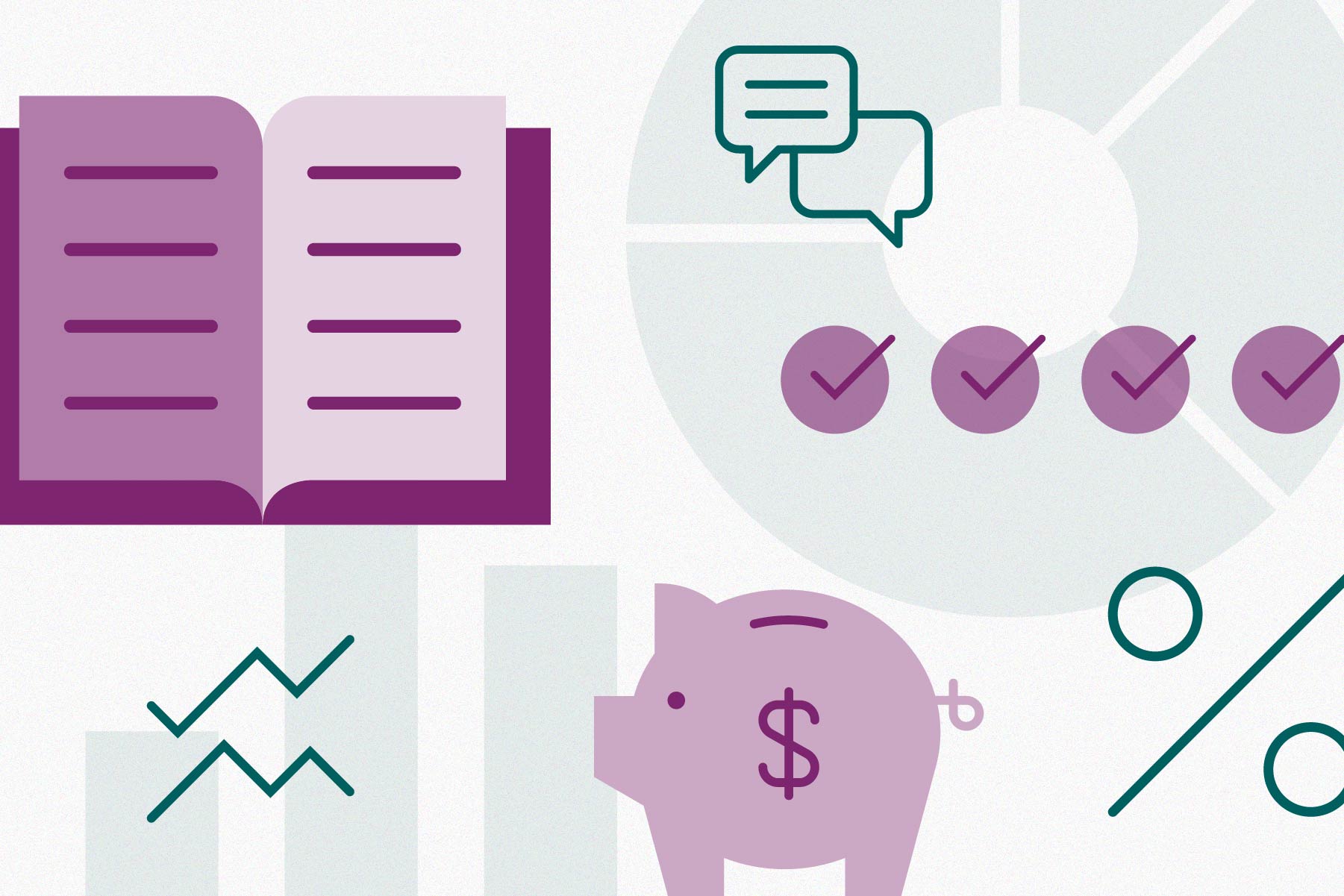Morningstar’s ETF Playbook for 2023
Sample portfolios, top-rated picks, and research for positioning your ETF portfolio this year.

Investors have endured quite a bit during the past several years. Two bear markets. High inflation. Rising interest rates.
The takeaway for investors? Expect the unexpected.
The challenge, of course, is building a portfolio for the unexpected that aligns with your goals, and then having the wherewithal to stick with your plan when the unexpected eventually arrives.
Easy to buy and sell—and generally low-cost and tax-efficient—exchange-traded funds, or ETFs, are the ideal tools for portfolio construction.
We’ve assembled this ETF playbook for investors to use to ensure that their portfolios are goals-focused and diverse in 2023. From nuts-and-bolts research to sample portfolios to some of Morningstar’s favorite ETFs across investment categories, we hope this guide helps investors become more confident in their ETF portfolios in the face of whatever comes next.
How to Build an ETF Portfolio
To build a portfolio of ETFs, we recommend leaning into the basics of portfolio construction. That means understanding your time horizon, your risk tolerance, and how much you can save.
ETF portfolios don’t need to be complicated. For some investors, one broad-based stock ETF may be sufficient; other investors might consider a three-ETF portfolio that includes the main asset classes of U.S. stocks, international stocks, and bonds; still others may choose to dabble outside the three main asset classes and add some inflation-protection, small-company, or real estate ETFs to the mix.
Morningstar director of personal finance and retirement planning Christine Benz has created several sample ETF portfolios for investors to consult.
An Introduction to Christine Benz's Model Portfolios
Benz’s sample portfolios are broken down by life stage and by taxable versus tax-deferred accounts and also include portfolios that consider environmental, social, and governance issues. They’re great starting points for investors who are constructing an ETF portfolio from scratch and good reference points for more experienced investors who may want to fine-tune their ETF portfolios.
Top ETFs
At Morningstar, we think the best ETFs share a few qualities:
- The top ETFs are low-cost.
- The top ETFs are solid representatives for a given part of the market.
- The top ETFs have a tight tracking error to the index they’re following.
3 Great ETFs for 2023 and Beyond?
We assign Morningstar Medalist Ratings to ETFs. Those funds that earn our highest rating of Gold are expected to outperform over a full market cycle; the highest-rated ETFs also tend to be low-cost, transparent, and representative of the indexes they’re tracking.
Of course, Medalist Ratings are just the starting point for evaluating an ETF. Investors will always want to examine an ETF’s strategy and read its Morningstar Analyst Report (when available) to determine how a particular ETF fits (or doesn’t fit) within a portfolio.
The author or authors do not own shares in any securities mentioned in this article. Find out about Morningstar’s editorial policies.

/s3.amazonaws.com/arc-authors/morningstar/35408bfa-dc38-4ae5-81e8-b11e52d70005.jpg)
/cloudfront-us-east-1.images.arcpublishing.com/morningstar/EC7LK4HAG4BRKAYRRDWZ2NF3TY.jpg)
/cloudfront-us-east-1.images.arcpublishing.com/morningstar/T2LGZCEHBZBJJPPKHO7Y4EEKSM.png)
:quality(80)/s3.amazonaws.com/arc-authors/morningstar/35408bfa-dc38-4ae5-81e8-b11e52d70005.jpg)